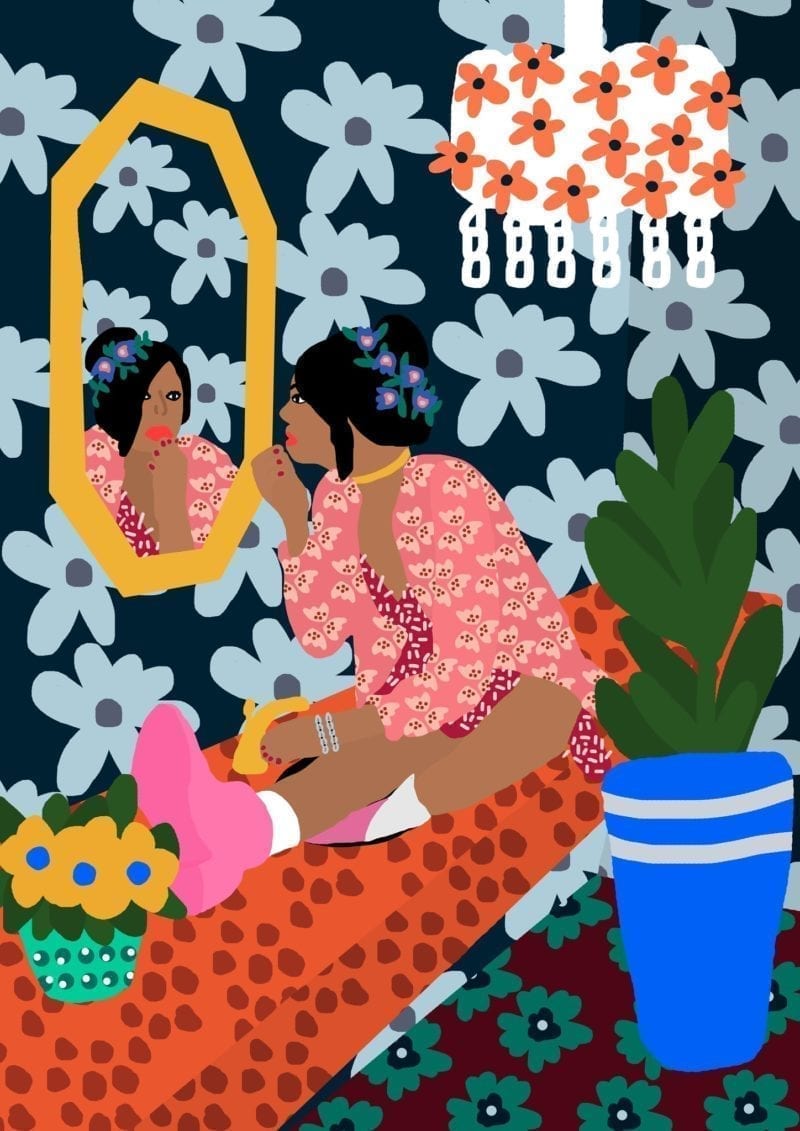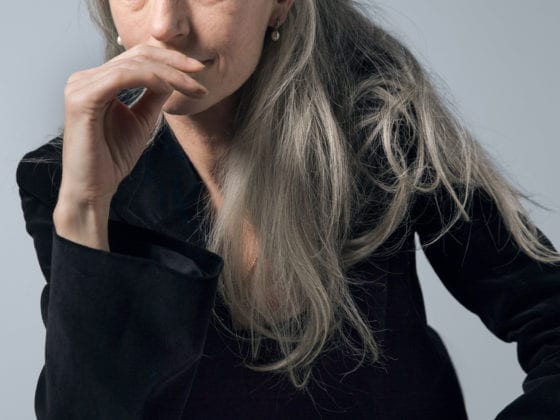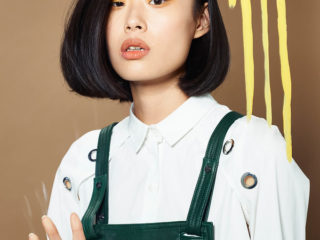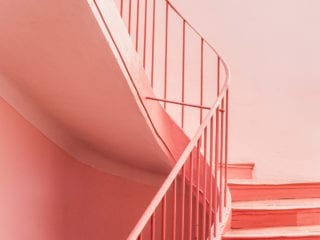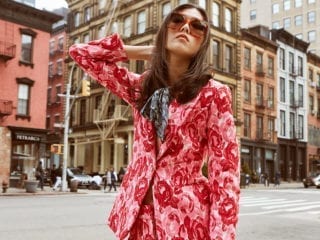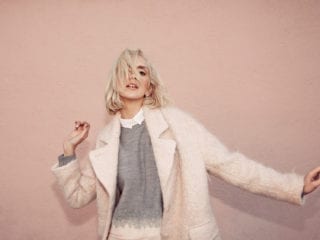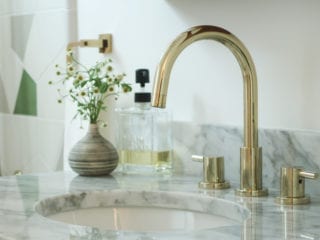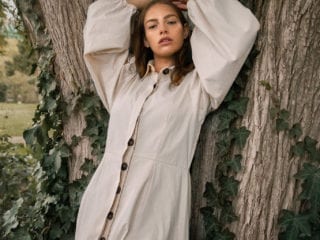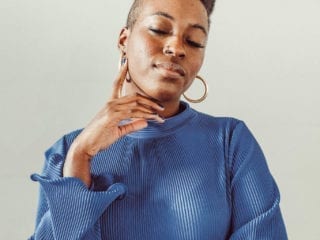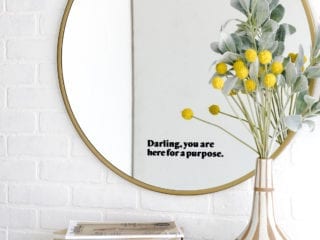One of the things I cherish most about looking at art is that it provides us with the opportunity to further explore and understand ourselves. Engaging with artwork feeds our souls, not only through intellectual and emotional ideas, but also through visual elements.
While some art excites me because of the message it communicates, others are just a pure joy to gaze at. For some reason, the colors, shapes and lines that are before my eyes seem to understand me. They greet me with a sort of energy, and they emote a feeling that I would like to embody. The question is…how?
While some art excites me because of the message it communicates, others are just a pure joy to gaze at.
I think that’s where fashion comes in. Fashion need not only be the fabrics that we drape over our bodies, but it has the power to transform the way we carry ourselves. Although our clothing does not define us, it can encourage us to explore the parts of ourselves that we have previously been hesitant to.
Art and fashion have always had a sort of love affair. The boundaries between the art we see on stark white gallery walls and our everyday wear are much more blurred than we think. Artists and art serve as an endless source of inspiration for designers. Some have taken quite literal inspiration, such as Yves Saint Laurent’s 1965 collection that featured dresses inspired by Piet Mondrian—the 20th century Dutch painter best known for his distinct visual language that translated into geometric lines and primary colors.
Other designers have taken a more abstract approach. In Alexander McQueen’s Spring 2011 collection, my favorite piece was a dress that is so clearly influenced by Chinese artist, Feng Chaoran. While a McQueen gown may not be gracing the presence of my closet any time soon, there are design principles that can make us feel as if we are, in fact, wearing our most beloved pieces of art.
There are design principles that can make us feel as if we are, in fact, wearing our most beloved pieces of art.
Defining your personal style can be a pretty daunting task, and we can often become distracted by the never-ending cycle of trend-based consumption. When you take the time to dissect what art you are drawn to and why, it can take you one step closer to determining what clothing feels the most true to you. Applying these principles to your next shopping experience can ensure that your next purchase is one that will truly last.
Here are some tips for appreciating art that can also apply to the way we see and purchase clothing:
Visual Research
If no art or artists immediately come to mind, there are a number of resources available as a starting point for your exploration. If you don’t have access to a museum or gallery, then many have online catalogs that you can browse from the comfort of your home.
Flag any piece that immediately stands out to you. These can be paintings, drawings, sketches, photographs, sculptures or any medium you come across. You can even create a mood board using Pinterest. Equally, identify the things you dislike—colors, patterns or other visual elements.
Line
Whether the artwork you are looking at has a realistic subject matter or is more of an abstract piece, it is composed of lines. Try to resist analyzing the subject matter or “big picture,” and pay attention to the lines that compose the image.
What do you see? Sometimes this can be hard to identify in more realist paintings. I suggest squinting until the piece becomes more blurred and abstracted.
It helps to understand garments in terms of organic and geometric lines. Is your artwork composed of more structured, horizontal and vertical lines or more loose, unstructured lines? Ask yourself how these lines might translate into the garments you are drawn to.
It helps to understand garments in terms of organic and geometric lines.
Personally, I prefer softer shapes and lines. I see this trend in my wardrobe manifest in my asymmetrical hems, one shoulder dresses, culottes and oversized pieces.
Color
Forget about the colors that you typically wear or the colors that you’ve been told suit you. What are you drawn to? Naming a color is only the first step. After you have identified the hue, you can examine the intensity of the color, how saturated it is and even the temperature. Is the red hue you are drawn to warm or cool? What are the trends that you notice in your color preferences?
As most of my wardrobe mimics the color story of a landscape painting (that is, fairly natural hues), I find that looking at art helps me find my accent colors—the two or three hues in my wardrobe that I use as a pop of color for my otherwise neutral palette.
Using our attraction to artwork as a guide can give us the bravery to try new colors that we may be afraid of or perhaps, previously thought weren’t suited for us. I keep finding myself attracted to the color combination of orangey-red and lilac in artworks. While I never particularly noticed them outside of an art or design context, they produce a sort of electricity when combined that energizes me. I am curious to see what life they can bring as accent colors to my mostly beige wardrobe.
Using our attraction to artwork as a guide can give us the bravery to try new colors that we may be afraid of.
Movement
We don’t often think of paintings or drawings as possessing the same movements as fabrics, but movement is what guides our eyes across a canvas or even a sculpture. How is your eye being carried through the artwork? Would you characterize the artwork as still or energizing?
Some fabrics that have less movement are leather and canvas. On the other hand, silk, jersey and chiffon tend to be incorporated into more flowing designs.
Movement does not simply translate to fabric type but also pattern. If you are drawn to art that possesses more movement, then you may want to incorporate more patterned pieces into your wardrobe, as well as accessories that are chosen and placed to carry the eye through the outfit from top to bottom.
These principles have given more intentionality to my shopping trips and more depth to my wardrobe. They have even given me inspiration to style things that I already own and bust the “I have nothing to wear” myth. There are so many more design concepts to explore in art—balance, proportion, texture and contrast.
Using these art and design principles can equip us with a vocabulary that sharpens our sensibility and helps us choose pieces that will stand the test of time in our closets.
What type of art inspires you? How can you implement elements of that art into your personal style?
Image via Studio Grand-Père
